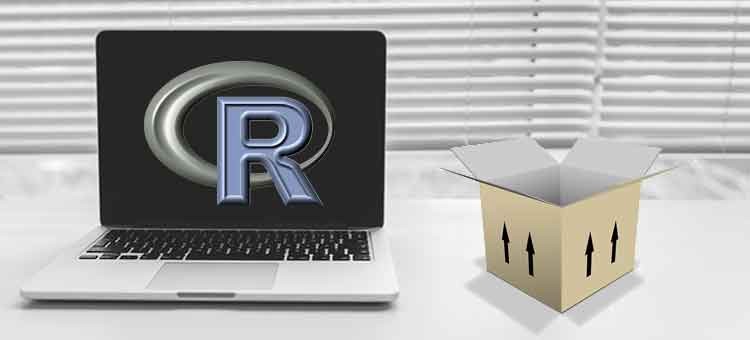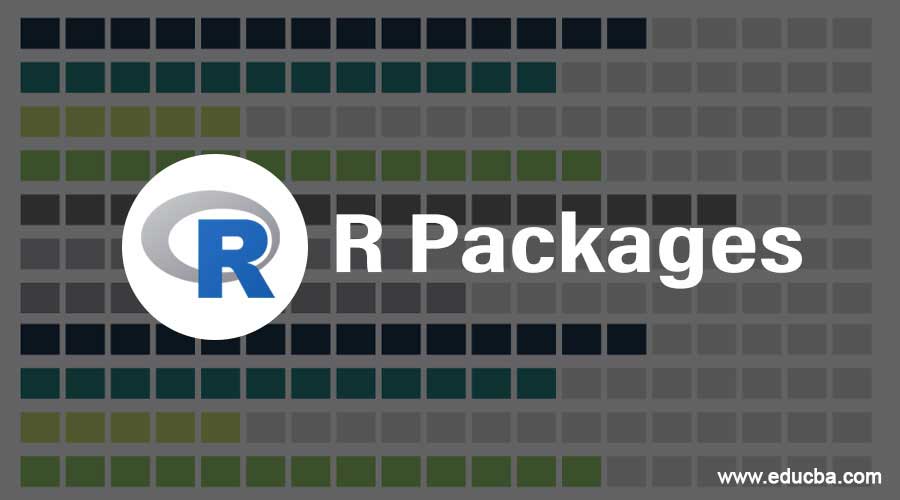

Go to the path and delete the package folder Reuse install.

I would like to know what these functions do, and would like to get a clarification of what one does and the others don't. libPaths () or find.package ( cderv) and get the package path in your computer. What does this mean, specifically forces computation of lazy tlbs? Lastly - you can close the current session of your old R. You will be asked if to open the Rgui of your new R. After your packages are moved (and the old ones possibly erased), you will get the option to update all of your packages in the new version of R. That additional restrictions can be placed on. You can then erase all of the packages in your old R installation. ‘collapse’ĭoesn't force computation, but collapses a complex tbl into a form To update CRAN packages you can use the update.packages() function (you will. Copy your account to the PTU environment. The base installation of R comes with many useful packages as standard. ‘collect’ also forces computation, but will bringĭata back into an R ame (stored in a ‘tbl_df’). Open PTU: The PTU servers and access will be opened to all backers with a game package. ‘compute’ forces computation of lazy tbls, leaving data in the If you check it out by ?collect, the docs said the following: However, I'm not sure what the other two functions - compute and collapse - do.

This returns 99846 22 as of 2016, while dim(batting) returns NA 22. Then, in order to convert the custom type back to R's default ame to utilize a set of default functions on ame, you must use collect, such as: batting <- tbl(lahman_sqlite(), "Batting") I understand that the dplyr doesn't use the type ame internally it instead stores its data into its own type tbl or tbl_df. I'm now learning dplyr package in R, but hit the wall in understanding what the three functions - compute, collect, and collapse - do.


 0 kommentar(er)
0 kommentar(er)
